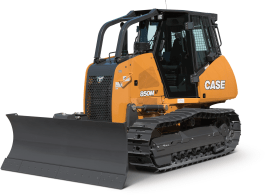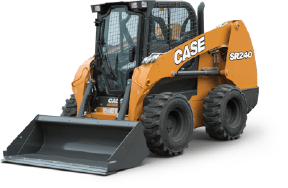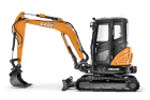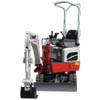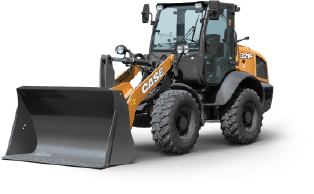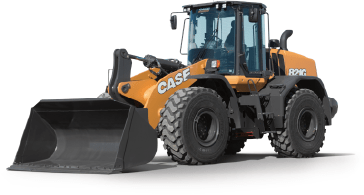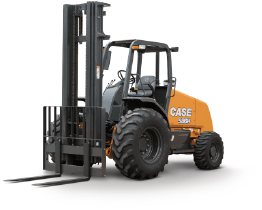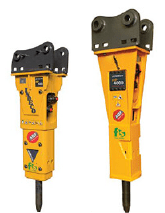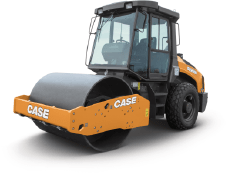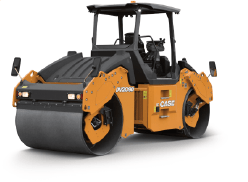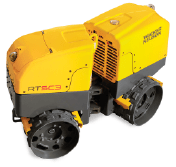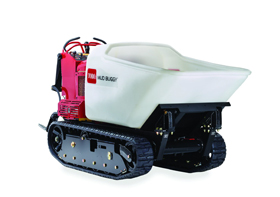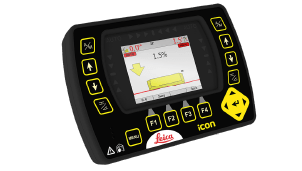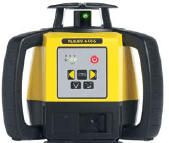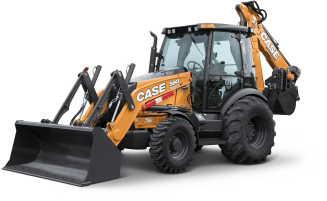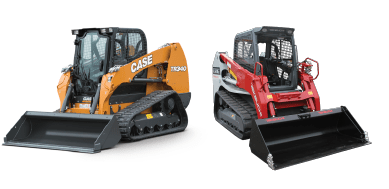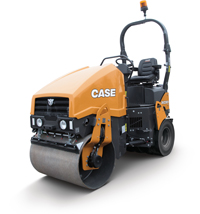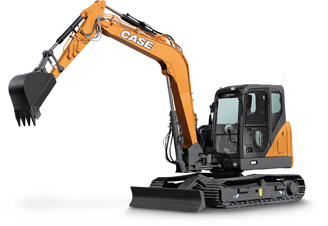Building demolition projects require careful planning, specialized demolition equipment, and above all a strong emphasis on safety. To ensure the job is completed effectively and to reduce the chances of accidents, it’s essential to adhere to specific guidelines and precautions.
Follow our tips to reduce the risk of dangerous situations on building demolition projects.
Utilize proper personal protective equipment (PPE)
The first tip for any building demolition job is to ensure that your crew is well protected. At a minimum they should be wearing hard hats, safety glasses, gloves, high visibility vests, and steel-toed boots. Respiratory protection should also be provided when dealing with dust, fumes, or other hazardous materials.
Choose the right demolition equipment
Utilizing demolition excavators, hydraulic breakers, loaders, and other types of equipment and attachments is a key part of successfully completing demo projects. It’s important to only use hydraulic breakers, shears, and pulverizers that are compatible with your demolition excavators or other carriers. Operators should be well trained and inspect all machines before beginning work each shift to look for visible signs of damage or abnormal wear. It’s also important to find out the maximum height of the site you are demolishing and type of material. This information will help you determine if you need higher reaching demolition excavators or more powerful hydraulic breakers.
Develop a comprehensive safety plan
Before beginning any building demolition project, it is crucial to create a detailed safety plan. This plan should include a thorough assessment of potential hazards, identification of safety protocols, and a clear outline of responsibilities for each team member. Take into account factors such as the presence of hazardous materials, structural instability, nearby utilities, and any specific risks associated with the site.
Conduct a site assessment
Completing a comprehensive site assessment before beginning the project is vital to identify and mitigate potential safety hazards. Inspect the structure thoroughly, assessing its stability, the presence of asbestos or other harmful materials, and any additional structural or environmental concerns. Understanding these risks will help determine the appropriate safety measures and equipment required for the demolition process.
Shut off all utilities
Before beginning your building demolition project or even firing up your demolition equipment, you need to turn off all electricity, sewer, gas, water, and other utility lines. Plus, it’s important to notify all the applicable utility companies before starting to work.
Start at the top and work your way down
When demolishing exterior walls and floors, the best approach is to begin at the top of the structure and work your way down to the ground level. It’s also important to not remove any load bearing elements of the building until the stories above it are fully removed.
Ensure your demolition equipment is ready to work
Removing buildings and structures requires the use of powerful demolition equipment. It’s crucial to ensure that only trained operators are operating those machines, and that all demolition equipment is regularly inspected and maintained, in order to reduce the chances of an accident on the job. Follow all safety guidelines provided by manufacturers, and utilize safety features such as seat belts, rollover protection, and safety guards.
Contain and control dust and debris
Dust and debris generated during building demolition work can pose serious health risks to workers and the surrounding environment. Implement effective strategies to control and minimize dust, such as wetting down surfaces, using dust suppression equipment, and enclosing the work area with appropriate barriers. Regularly monitor air quality to ensure a safe working environment.
Proper waste management
Building demolition generates a significant amount of waste material. Implement a comprehensive waste management plan to ensure safe handling and disposal of debris, hazardous materials, and recyclable items. Follow local regulations and guidelines regarding waste disposal, recycling, and proper handling of hazardous substances.








